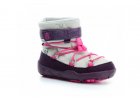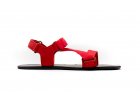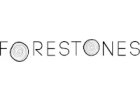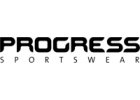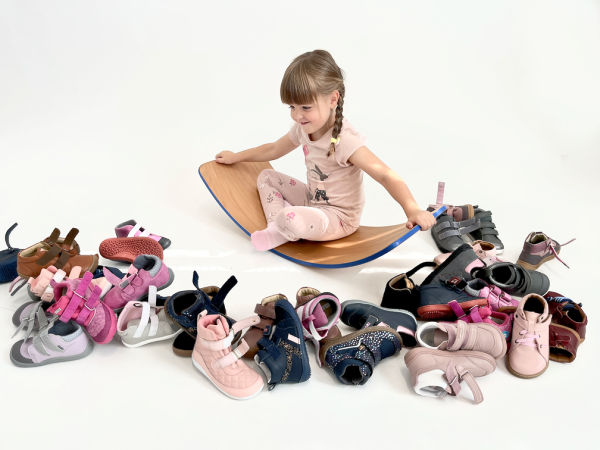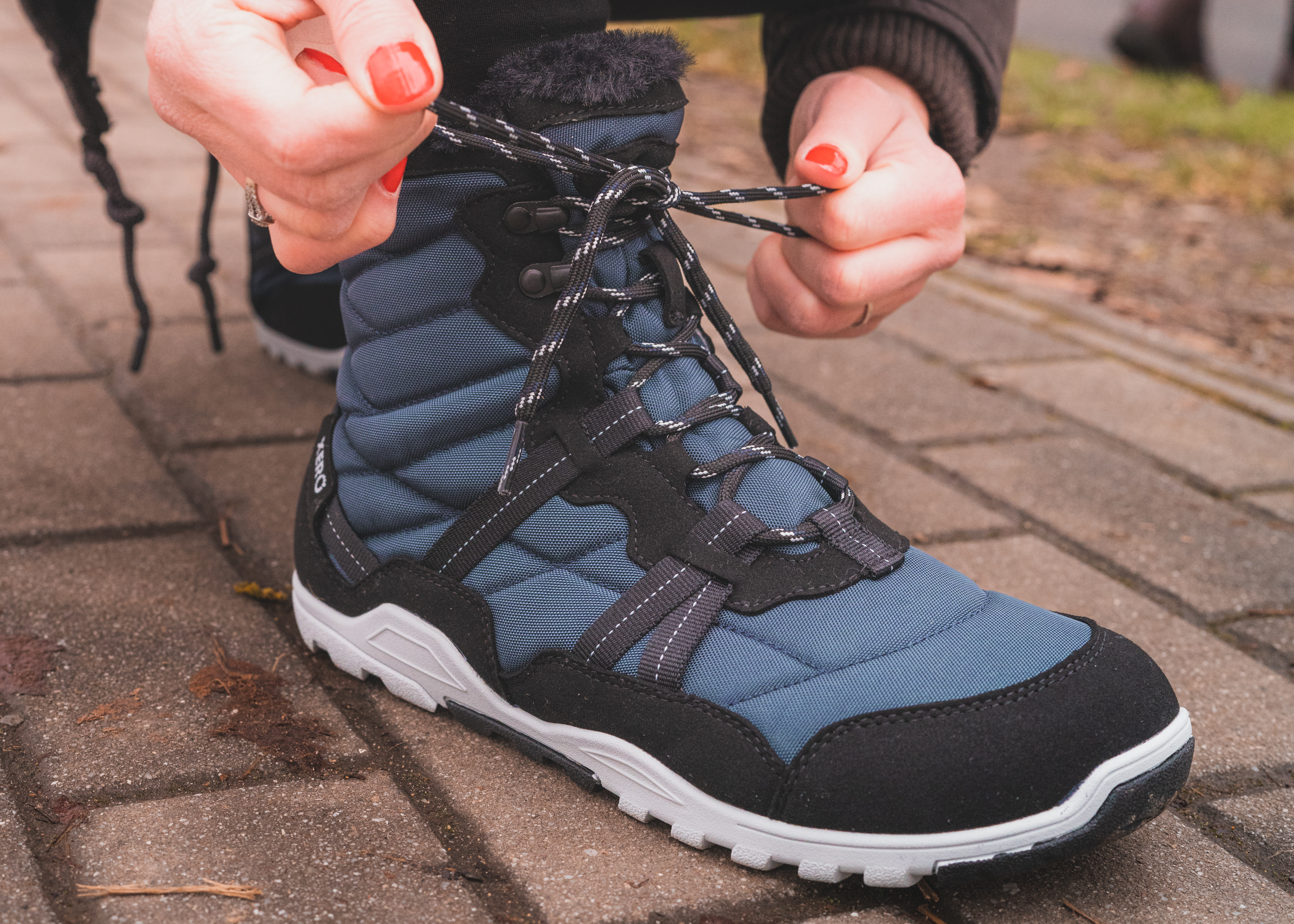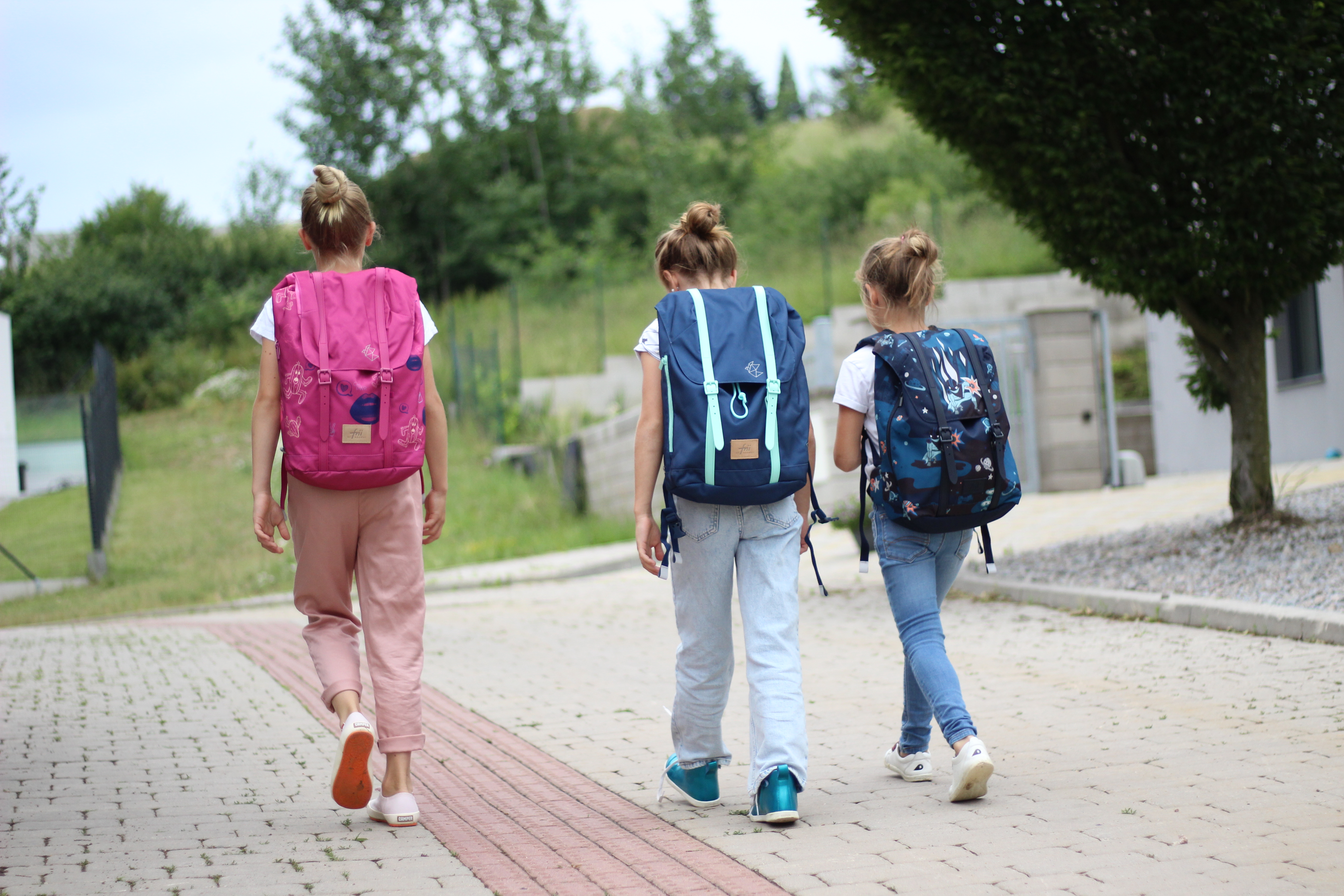Let's take a short test together (but don’t worry, we won’t grade you). We will anonymously introduce you to Shoe A and Shoe B, then leave it up to you to evaluate which one you think is better.
Shoe A
Shoes A are sporty sneakers with a thick foam sole that effectively cushions the impact. They firmly hold the ankle and instep, supporting the foot arch. Several layers of cushioning ensure maximum comfort, and a slightly raised toe protects the shoe against unwanted wear and tear.
Running shoes are designed according to the latest trends in the USA and produced in large volumes in factories in East Asia. They carry the logo of a well-known brand. You can buy them in stores from 142 EUR.
Shoe B
Shoes B are sports sneakers with extremely thin and flexible soles in all directions, allowing a true-to-life feel of the surface. The anatomically shaped toe provides plenty of room for active work, with the toe and heel leveled to the rest of the sole.
Simple running shoes that are designed in the Middle Europe. They are handmade in small batches by fourth-generation shoemakers in the Czech Republic and Slovakia using 100% European vegan materials. You can buy them in stores from 152 EUR.
Summary
The A shoe does all the work for you, and your tightly closed foot is separated from discomfort and can rest easy. They are bigger in volume, and thanks to the used material, the weight is partly reduced. The price is high because you pay for the brand and logistics.
Shoes B let the foot work actively and train naturally, so the foot perceives the stimuli from the environment and adapts to it, and the toes have enough space in the shoe. They are minimalistic, and thanks to their light weight, you hardly feel them on your foot. The price is high because you are paying for specialized production and sustainability.
Decision
Now we ask you to label one of the shoes as bad and the other pair as good (let’s say they can’t be both good or bad). Which are more likely to win for you? A or B?
Alternatively, we have additional questions: Which shoes would you rather buy in a store? What parameters decided in their favor? Please, answer mainly to yourself, but feel free to let us know too, for example, by email or on social media…
If you’ve already made up your mind, we’ll tell you what we choose and why…
Disclosure
To begin with, it is worth saying that in our example, we were dealing with illustrative shoes. We didn’t take any particular brand. Still, we tried to be as accurate as possible to bring the sample shoes closer to the real ones you’ll find on store shelves.
From the customer’s point of view, the result is clear. The overwhelming majority of society repeatedly chooses Shoe A, under which we tried to hide conventional footwear and regular branded (and unbranded) shoes. The ones that don’t conform to the foot shape and enclose the foot, especially squeeze the toes. Ordinary shoes in which the foot loses connection with the surface through the thick sole. Shoes with a raised heel or toe cause the arch to collapse, consequently weakening the muscles, and destroying the ankles, knees, hips, etc. These limitations and possible consequences make conventional shoes unacceptable = bad for us.

On the other hand, we prefer for ourselves and our children shoes B, so by now, you must have figured out that the B in our example stands for the barefoot. We chose barefoot shoes because they respect the natural development of the foot as much as possible, giving the toes plenty of room to move. Thanks to the thin, flat, and flexible sole, the foot receives valuable stimuli from the surface, the foot arch works actively, the body’s center of gravity is in the right place, and better maintains the necessary stability. Primarily because of this freedom and naturalness for the foot, we perceive barefoot shoes as the right choice = good.
Good or bad shoes? This is, of course, subjective, and everyone has a different set of preferences. The correct walking technique also plays a role because you can have good walking techniques even in incorrect shoes and vice versa. But hopefully, we’ve at least managed to outline how these seemingly similar shoes differ from our perspective and why we recommend barefoot shoes for women, men, and children of all ages.









